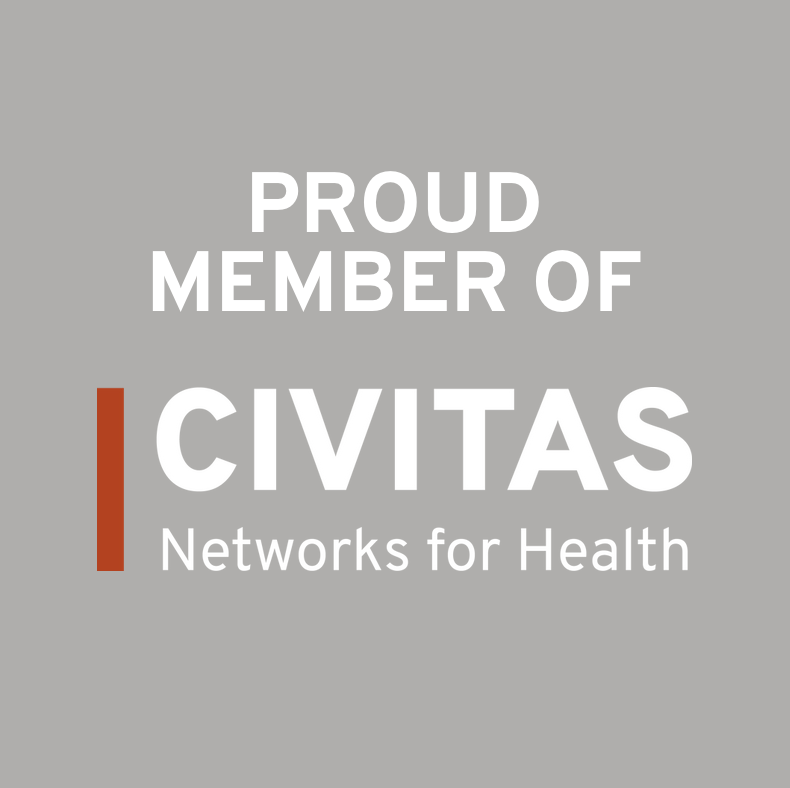Minnesota Health Care Costs Rebounded in 2021 After Decline During Pandemic
January 25, 2023
New report highlights variation in cost among Minnesota regions and medical groups
A new report from MN Community Measurement (MNCM) finds a 12.5 percent increase in health care costs in 2021 for Minnesotans with private health insurance, and highlights trends and variation by region within the state and by medical group. MNCM is an independent non-profit that serves as an objective, trusted source of information on Minnesota health care quality, cost, and equity.
The report, Health Care Cost & Utilization in 2021 , is based on data for about 1.3 million people with private health insurance and nearly $10 billion in health care spending in 2021. Detailed information for 104 medical groups is available via updated medical group profile pages and MNCM’s interactive Dynamic Tables tool that allows filtering and sorting of data on total cost, relative prices, and utilization.
Key Report Findings
- Statewide, the total cost of care (TCOC) for people with private insurance increased by 12.5 percent per person in 2021, after falling by 2.5 percent in 2020. Much of the rapid cost growth in 2021 represents a return to pre-pandemic trends, following significant disruptions to care in 2020. Over the two-year period that includes 2020 and 2021, total cost of care grew at an annualized rate of 4.7 percent per year, which is slightly lower than the pre-pandemic trend of 4.9 percent per year from 2014 to 2019.
- Costs grew fastest in 2021 for professional services (16.2 percent per person) and outpatient services (15.9 percent). Costs for inpatient care and prescription drugs grew more slowly (6.4 percent and 5.4 percent, respectively).
- All regions of the state showed an increase in total cost of care, but the amount varied by region. Costs grew fastest for patients who live in the Rochester area (14.3 percent per person), and slowest in the Duluth area (8.1 percent). Four regions continue to have per patient costs that are lower than the statewide average: St. Cloud, St. Paul, Minnetonka, and Minneapolis.
- Utilization increased for all types of health care services in 2021. Outpatient surgery had the largest increase at 18.7 percent. Also notable was the 15.5 percent increase for imaging and 14.7 percent increase in pathology and lab tests.
- Despite rapid growth in some services in 2021, utilization of many services remained below pre-pandemic levels. Rates of inpatient admissions, emergency room visits, and outpatient surgery were below 2019 rates, while utilization of primary care visits, prescription drugs, and imaging was higher than 2019.
“This analysis is a unique source of transparent information about health care costs and the factors that influence cost,” said Julie Sonier, MNCM President and CEO. “With this data, we’re able to understand not just how medical groups compare to each other in terms of total cost, but also how much of the variation is driven by prices vs. utilization of services.”
Health plans that contributed data for 2021 include Blue Cross Blue Shield of Minnesota, HealthPartners, Medica Health Plans, and Preferred One.
Importance of Measurement
Measuring and reporting on health care quality helps consumers understand how care varies across providers, allows providers to identify improvement opportunities and how their measures compare to others, and helps health plans and other purchasers better understand and improve value for money that is spent on health care.
“Minnesota is unique in the capabilities that we’ve built to measure and report on health care outcomes,” said Sonier. “Having a common set of priorities and common set of data have been huge assets to our state in focusing efforts to drive improvement.”
About MN Community Measurement
MN Community Measurement is a nonprofit organization dedicated to empowering health care decision makers with meaningful data to drive improvement. A trusted source of health care data since 2005, MNCM works with doctors, hospitals, clinics, insurance companies, and state agencies to collect, analyze, and report health care data related to quality, cost, and equity of health care. Learn more at www.mncm.org.
Posted in Press Release
Recent Posts







